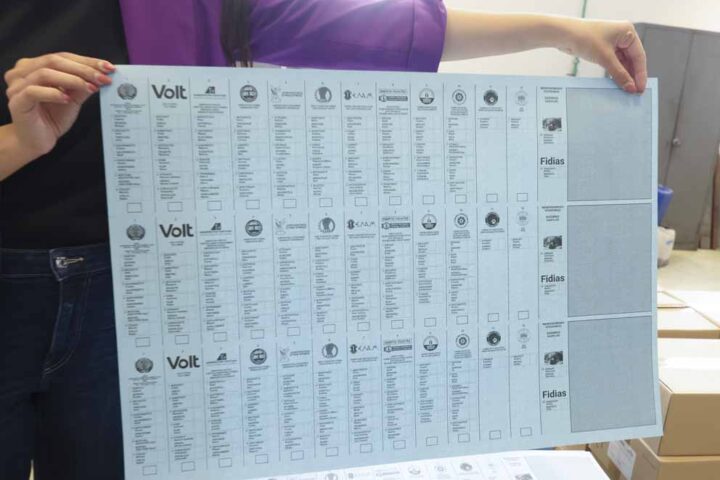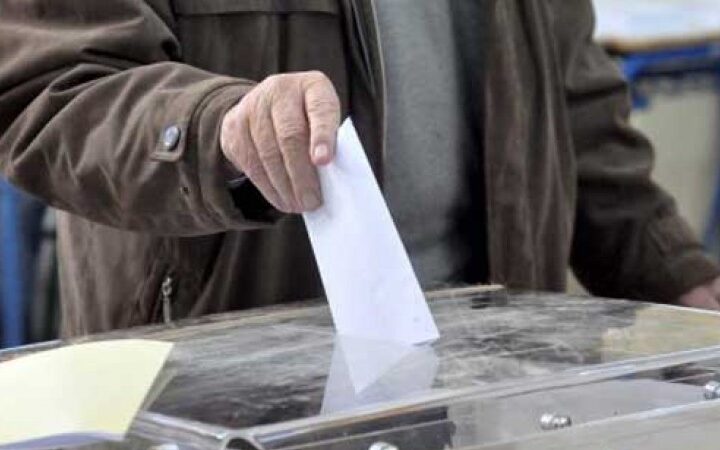Commissioner Meglena Kuneva today set out a series of initiatives where action will be taken to strengthen the enforcement and implementation of product safety controls currently in place in the EU. Priority measures which will move forwards in the coming months include: an in-depth audit of business safety measures in the toy supply chain (completion first quarter 2008); a series of specific measures to reinforce risk based surveillance by national market surveillance and customs authorities – including a targeted measure by the Commission requiring appropriate warnings about the dangers of magnets in toys. Increasing co-operation with China and the US will remain a priority. The results of the latest RAPEX-China report (Rapid Alert System for dangerous consumer goods) show considerable progress by the Chinese Authorities in taking corrective actions to stop the flow of dangerous goods onto the European market. The report shows that 184 cases have been fully investigated during the three month period July-September 2007, compared to just 84 cases in the 2 previous reports combined (July 2007, December 2006). Corrective actions were taken in 43% of the cases. By December 2007, China will put in place a domestic alert system modelled on the RAPEX system to co-ordinate work with the regions and increase effective cooperation.
Commissioner Kuneva said: “In this world you cannot give 100% guarantees. But you can make sure the system is fit for purpose. You can ensure that all the links in the chain raise their game. You can ensure that producers, importers, retailers and governments and EU are ready to rapidly identify and tackle any new problems as they emerge. I can assure you 100% of my commitment to keep the pressure on to ensure the highest possible level of safety for our citizens.”
Results of the Stocktaking Review.
1. Economic Operators
The first legal responsibility to put safe toys on the market lies with industry. Effective follow up action has been taken by industry for recent recalls, but the constant stream of RAPEX notifications show there are still significant problems within the industry in making sure, particularly at the lower end of the market, that toys are safe. Priority areas for action include:
- A comprehensive audit of business safety measures in the toy supply chain – results first quarter of 2008.
- Industry education and training on EU toy safety standards for Chinese partners and other markets, as well as work to improve recall success rates.
- A series of concrete measures to be agreed in 2008 involving manufacturers, retailers, importers – a “safety pact” – to rebuild consumer confidence.
2. Member States’ Actions
- In the absence of specific safety requirements for magnets in toys and awaiting the revision of the relevant standard, the Commission will use provisions of Article 13 of the General Product Safety Directive to draft a targeted measure, requiring appropriate warnings about the dangers of magnets in toys.
- In January 2008, the Commission will use the “Scoreboard for better consumer markets” to publish comparable data on national surveillance capacity as a basis for further discussion. In 2008, the Commission will also publish the results of a 3 year study (EMARS) analysing best practices in market surveillance in 15 Member States.
- Priority will be given to enhancing co-operation between customs and market surveillance authorities, particularly to strengthen the interoperability of risk information systems in customs (RIF) and consumer and food rapid alert systems (RAPEX and RAFF).
- Traceability in the product supply chain is of critical importance to allow effective measures to be taken in the case of unsafe products. The Commission will work with
Member States
3. International Co-operation –
The analysis of the RAPEX-China report showed that the Chinese administration has made a significant effort with respect to RAPEX enforcement actions.
- The Commission will increase technical support and training, particularly in relation to the new Chinese domestic alert system. Traceability will remain a priority issue.
- The EU-China Trade Project will carry out a study of product safety control mechanisms in place in
China - The US and European Union have a shared interest in co-operating, to face common challenges on product safety and import controls. The increased co-operation of recent months will continue at a technical and political level, particularly through the establishment of a joint working group on product/import safety under the Transatlantic Economic Council.
4. Regulatory Framework .
- Revision of the Toy Directive – proposals first quarter 2008,
- Adoption of the New Approach Package to improve market surveillance and custom’s surveillance
http://ec.europa.eu/consumers/overview/cons_policy/index_en.htm
Â







